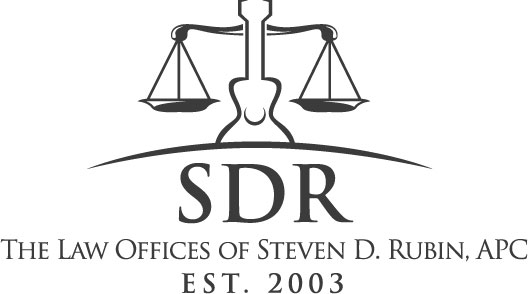
(Corporate, Asset Protection) Hey, Business Owner…Don’t be a “Signature-Blockhead”
When analyzing a business transaction the analysis tends to break down into two major categories: Tax and Non-Tax concerns. Yup, it’s that easy. I am of the view that there is really no such thing as a “sole-proprietorship.” This is because every business shares the same “silent partner:” Uncle Sam. That said, this article will not focus on Tax Concerns. Rather, this article shall focus on a particular “Non-Tax” concern, namely “limited liability.”
In my experience, among the most popular Non-Tax objectives when building a business is for the owners to limit their liability for the debts of the business. When a creditor seeks to hold a business owner personally liable for the debts of the business the creditor seeks to “pierce the corporate veil.” Broadly speaking, the business owner defends against such an attack by establishing that the business has “observed corporate formalities” by “dotting the I’s and crossing the T’s” which (painting with a broad brush) breaks down to observing and respecting the “separate-ness” of the business from the owner. This means the business owner shows that the business has its own books and records, own bank accounts, own assets and liabilities, and does not “commingle” money and assets with the business owner’s personal money and assets. This can be a very detailed and fact intensive analysis.
That said, the focus of this article is on one very specific “corporate formality” … the corporate signature. Ah, yes, “the pen is mightier than the sword.” The sentence was coined by English author Edward Bulwer-Lytton in 1839 for his play Richelieu. The play was about Cardinal Richelieu. The Cardinal’s line in Act II, scene II, was more fully:
“True, This! –
Beneath the rule of men entirely great
The pen is mightier than the sword. Behold
The arch-enchanters wand! – itself is nothing! –
But taking sorcery from the master-hand
To paralyse the Cæsars, and to strike
The loud earth breathless! – Take away the sword –
States can be saved without it!”
So let’s take a hypothetical business owner who we shall call “John Doe.” Let’s say that John Doe started a new business that manufactures and sells hats online and in retail outlets. To “limit” his potential liability for the debts of his new business Mr. Doe organized a limited liability company (LLC) in the State of California as the vehicle through which the new business will operate. Mr. Doe named his new business (the LLC) “JD’s Groovy Hats, LLC.” Mr. Doe is the sole member (i. e., the only owner) of JD’s Groovy Hats, LLC. So the question becomes, when executing contracts OR WHENEVER SIGNING ON BEHALF OF THE BUSINESS, how should Mr. Doe sign his name?
Should he sign:
“__/John Doe/____________
John Doe”?
Answer: No! Why? Because there is no indication that John Doe is signing on behalf of JD’s Groovy Hats, LLC. What will a creditor argue? That Mr. Doe signed the contract in his INDIVIDUAL capacity and therefore should be held PERSONALLY liable for the obligations of JD’s Groovy Hats, LLC under that particular contract. Limited liability may be defeated in such a case.
So how should Mr. Doe sign on behalf of JD’s Groovy Hats, LLC?
“JD’s Groovy Hats, LLC,
a California limited liability company
By: ____/John Doe/________________
John Doe, Member”
The above signature “block” indicates that Mr. Doe is signing on behalf of JD’s Groovy Hats, LLC. Mr. Doe will argue that he signed the contract on behalf of JD’s Groovy Hats, LLC, and NOT in his INDIVIDUAL capacity and therefore he should NOT be PERSONALLY liable for the obligations of JD’s Groovy Hats, LLC under that particular contract. As a general rule, limited liability will be respected in such a case (absent fraud or other bad acts by Mr. Doe).
So, just as the pen is mightier than the sword, a proper signature “block” may assist a business owner defend against personal liability for the debts of his business entity. Yes, I admit, it is a bit of a tortured metaphor, but I think you get the point.


